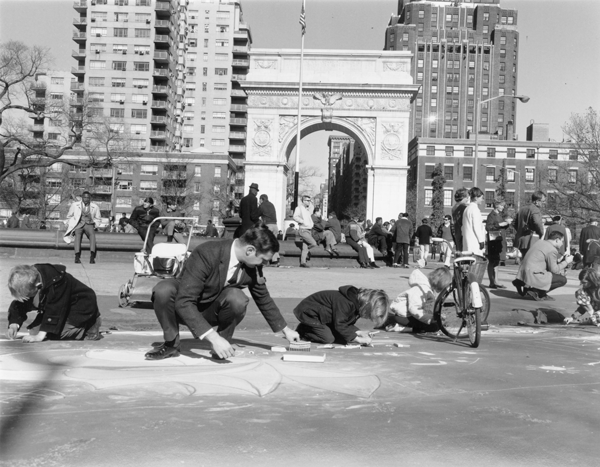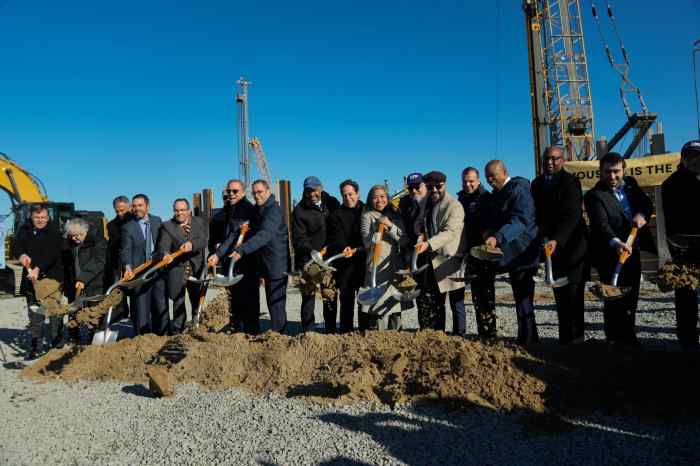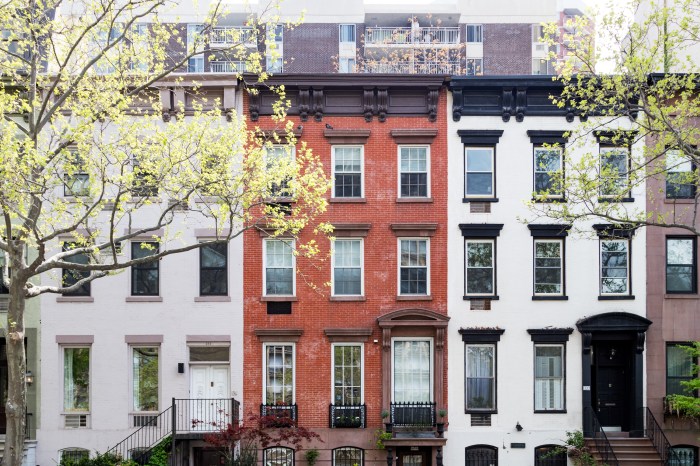BY DODGE LANDESMAN | Bob Dylan, Buddy Holly, Joan Baez and Peter Paul and Mary, just to name a few, made their mark while playing music at Washington Square Park.
The park was once seen as the epicenter of the burgeoning folk music and beatnik scene in the late 1950s and early ’60s. There was even a popular folk group called the Village Stompers, who, after gaining a following drumming and stomping live in the park, got their 1963 single “Washington Square Park” onto the Top 20 of the pop charts.
Now, history seems to be coming full circle. Nearly 50 years after parkgoers rioted over the difficulty of obtaining a permit to play music in the park, Community Board 2 is yet again looking at silencing one of the city’s most creative public spaces.
The board’s reasoning is solid and their opposition to loud percussion music has been formed only with the best of intentions. But which community residents are we protecting here?
Greenwich Village, while quickly losing its soul due to the overwhelming influence of N.Y.U. and the suburbanization of Lower Manhattan, still retains its authenticity in Washington Square Park. Young people come here to freely display their craft. Whether that’s setting up a couch to have a “Free Conversation,” performing comedy or paying homage to the folk heroes that have come before them, we must keep the park available as a creative space.
The C.B. 2 Executive Committee, it seems, is playing right into developers’ plans, aiding their goal of creating a noise-free neighborhood, so that the highest rents can be charged while the poorest residents are pushed out. If we lose a few luxury condo residents who would prefer to live in a “noise-pollution free zone,” the county of Westchester is always available. The yuppie haven of Madison Square Park, where you can buy a most unremarkable burger for $25, is free of musical instruments and not too dissimilar in size.
It’s important to respect our history and recognize what Village residents have fought for in the past. In 1961, Izzy Young, the head of a folk music organization in the area, applied, as usual, for a permit to play in the park. At that time there were a few more formalities in place, but they were rarely practiced. But the scene was changing in the Village at the time, with law enforcement meeting the new influx of artists and musicians with a very skeptical eye.
Young was denied his permit and went on to organize a protest a week later. Officers awaited in their police wagons for the protesters and promptly arrested them, inciting a riot that ultimately involved more than 1,000 people. The riot made waves briefly and resulted in a much more relaxed process for musicians to play music in the park.
The C.B. 2 Executive Committee said the issue, for them, is really only about noise.
Dan Drasin’s documentary film, “Sunday,” captured the April 9, 1961, conflict in the park between folkies and police that became known as the Beatnik Riot.
In the film, Izzy Young is shown saying of the then-Parks Department commissioner, “It’s not up to Commissioner Morris to tell the people what kind of music is good or bad. He’s telling people folk music brings degenerates, but it’s not so.”
While not intentional, the argument reflexively turns into one about getting rid of the “undesirable” elements in the park by eliminating the noise they make. But when you eliminate noise, you eliminate freedom of expression. You eliminate art.
Landesman is a former member, Community Board 2, and a recent graduate of Fordham University


















